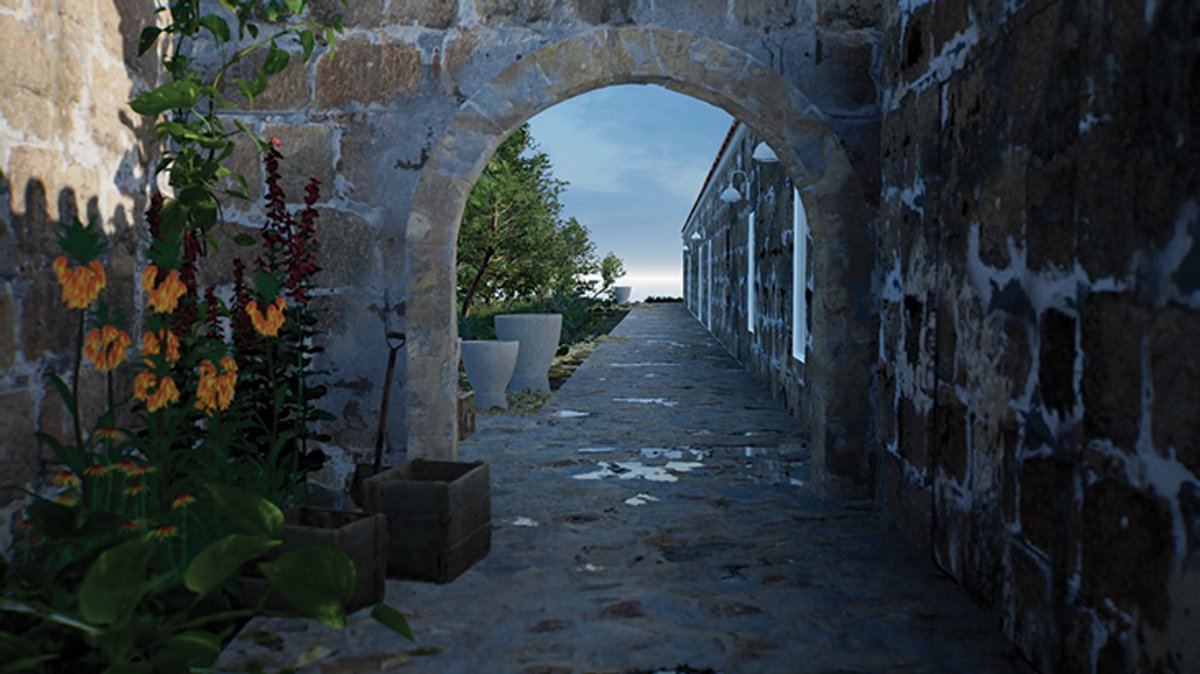We are all a little exhausted coming up with online content, admitted Lisa Spellman, the founder-director of New York’s 303 Gallery. She was speaking on an Art Basel webinar in May just after her gallery had opened a virtual booth on Frieze Viewing Room (the online edition of Frieze New York). With 303 also running three concurrent shows on its own website, it’s hard not to sympathise, as digital debilitation replaces art fair fatigue all round.
Other galleries have ventured even further into the virtual realm, particularly those with the deepest pockets. Hauser & Wirth has produced a virtual reality (VR) display of its otherwise unseen space in Menorca, complete with beautiful sunshine and supported by bespoke technology that it has offered to its artists.
Other recently launched platforms include Vortic, which has the potential to support augmented reality (AR) and VR technologies. Vortic already has 11 respected galleries on board and ambitious plans ahead.
But which of the new ways of seeing will emerge the most successful? It’s early days, but the VR and AR offerings are rather fun (once you can work out how to make them work), if not particularly transactional. The online art fairs—with dozens of works on view through hundreds of websites—are, however, more of a chore. The market observer and dealer Josh Baer recently posted a #sorrynotsorry statement on his newsletter: “I apologise—I looked at no-one’s online viewing rooms.”
Yet digital art fairs do seem to be generating sales. It is partly because they mark a time when collectors would buy anyway, so, in the absence of much other activity, why not still collect art (if you can)? Plus, it is debatable how many people went to art fairs to see art anyway, and there was plenty of buying based on jpegs already. The websites are improving, little by little, and we are gradually adjusting, too—both in terms of our eyes adapting to this curious, flat way of consuming art and to the Covid-crisis world we find ourselves in.
Generally, smaller seems to be better—a little editing saves much sifting for the viewer. David Zwirner’s Platform hosts just a single artist each from around a dozen galleries for a few weeks. It is highly digestible and looks curated, and Zwirner reported $1m of sales from its first three showings. The Eye of the Collector fair, which was due to launch in real life in May and so has only ever had a digital life, limited its website to 23 galleries and presented them in a simple, classy way.
And, credit where it’s due, one of the most successful virtual strategies has come from another mega gallery, Gagosian, whose time-limited focus on one artist a week, with one work on offer for just 48 hours, gives a sense of urgency and has resulted in the sale, among others, of Cecily Brown’s Figures in a Landscape 1 (2001) for $5.5m. Nice work, if you can get it.
Still, my favourite digital solution so far has been more old-school: an easy-to-navigate, searchable PDF catalogue for April’s Artmonte-carlo fair. It came complete with breaks to get you away from your screen, along with links to a classical music concert and a recipe for a grapefruit and asparagus starter, courtesy of a three-Michelin-star chef. Some welcome reminders of the joys of IRL—in real life.





